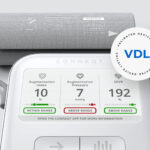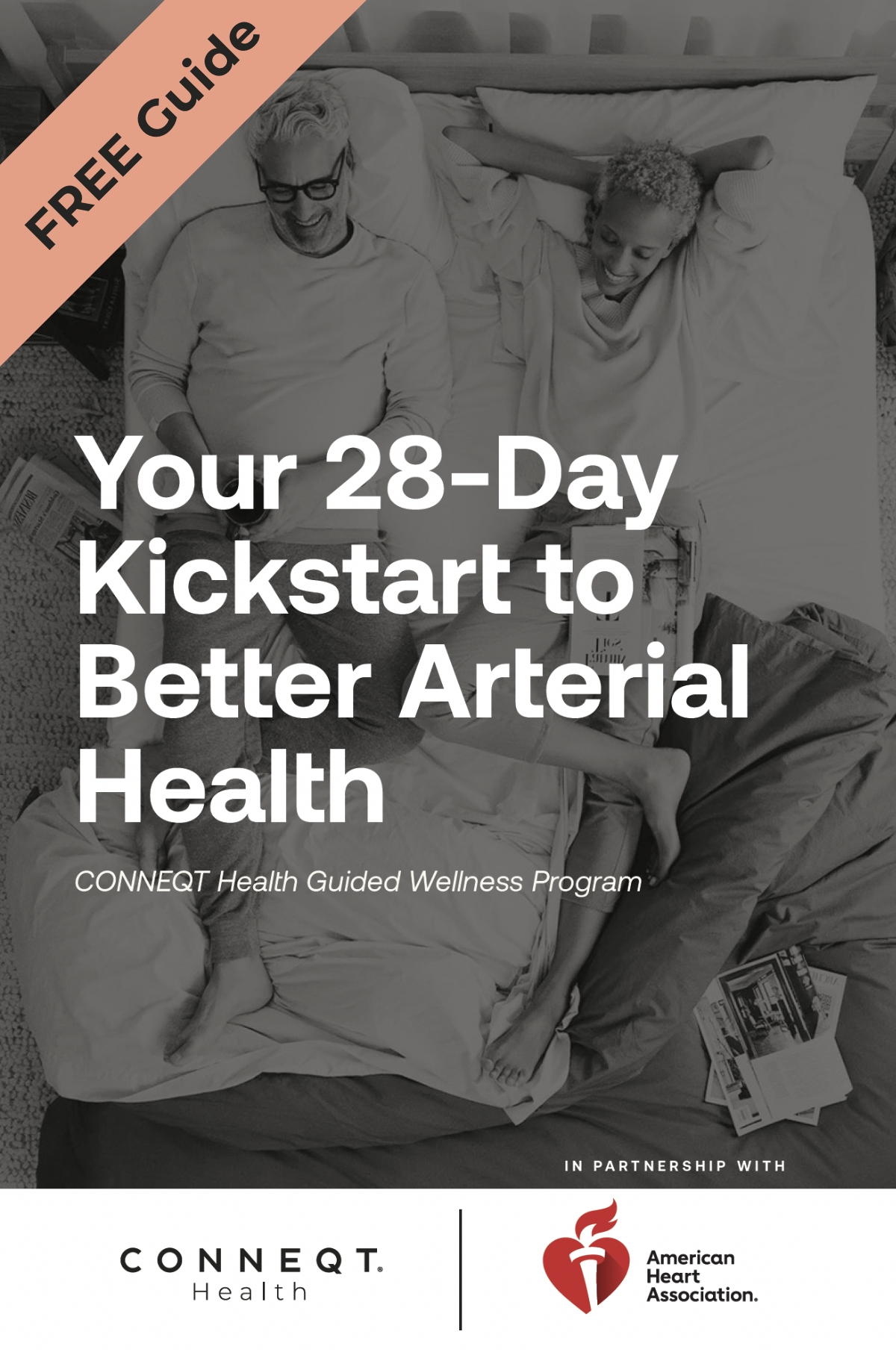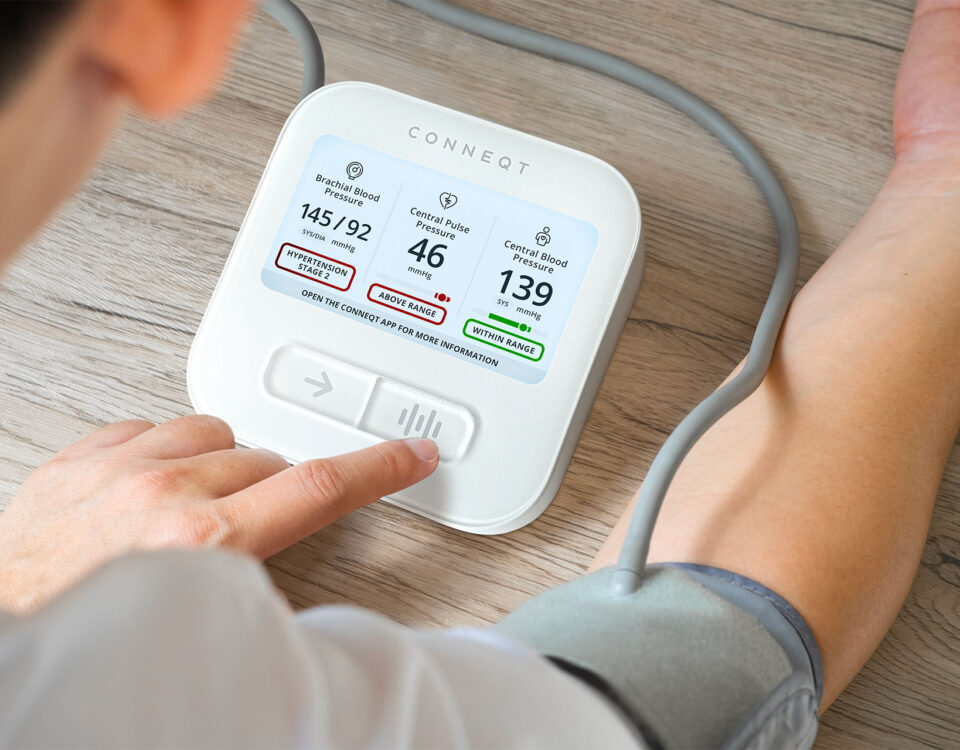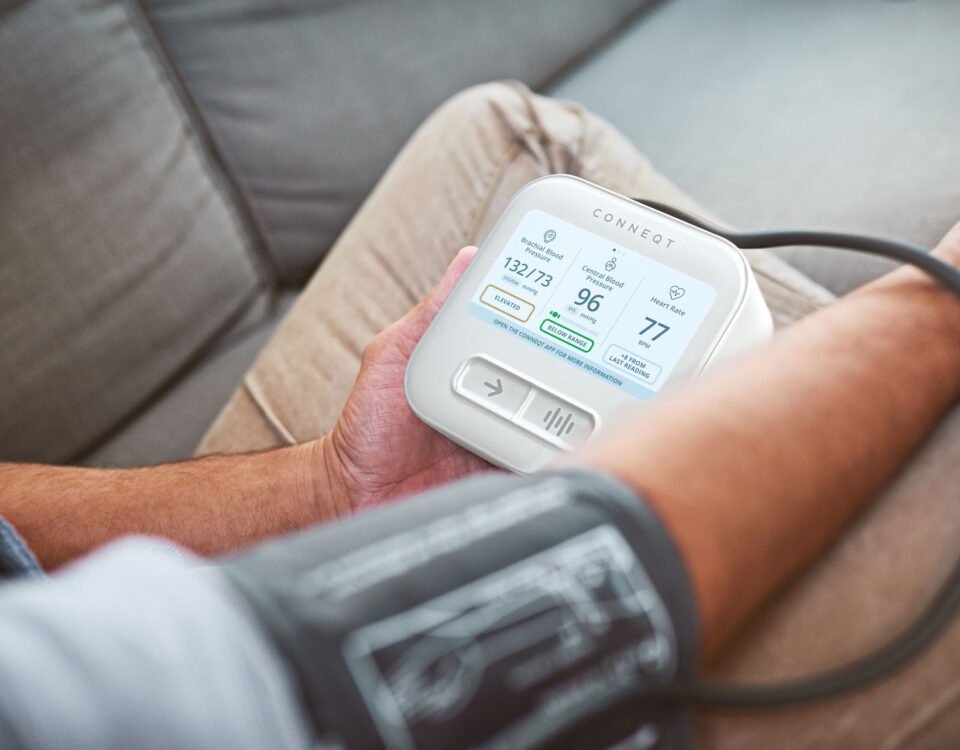What is Heart Rate?
Heart rate measures the number of heart beats per minute and is a key indicator of cardiovascular function. Each heartbeat circulates blood, delivering vital oxygen and nutrients throughout the body, reflecting how well the heart meets bodily demands under varying conditions. It is typically expressed in beats per minute (BPM) and varies depending on factors such as age, physical activity, and overall health. Regular monitoring of heart rate is important for assessing heart efficiency and providing insights that guide lifestyle modifications to enhance or maintain heart health.
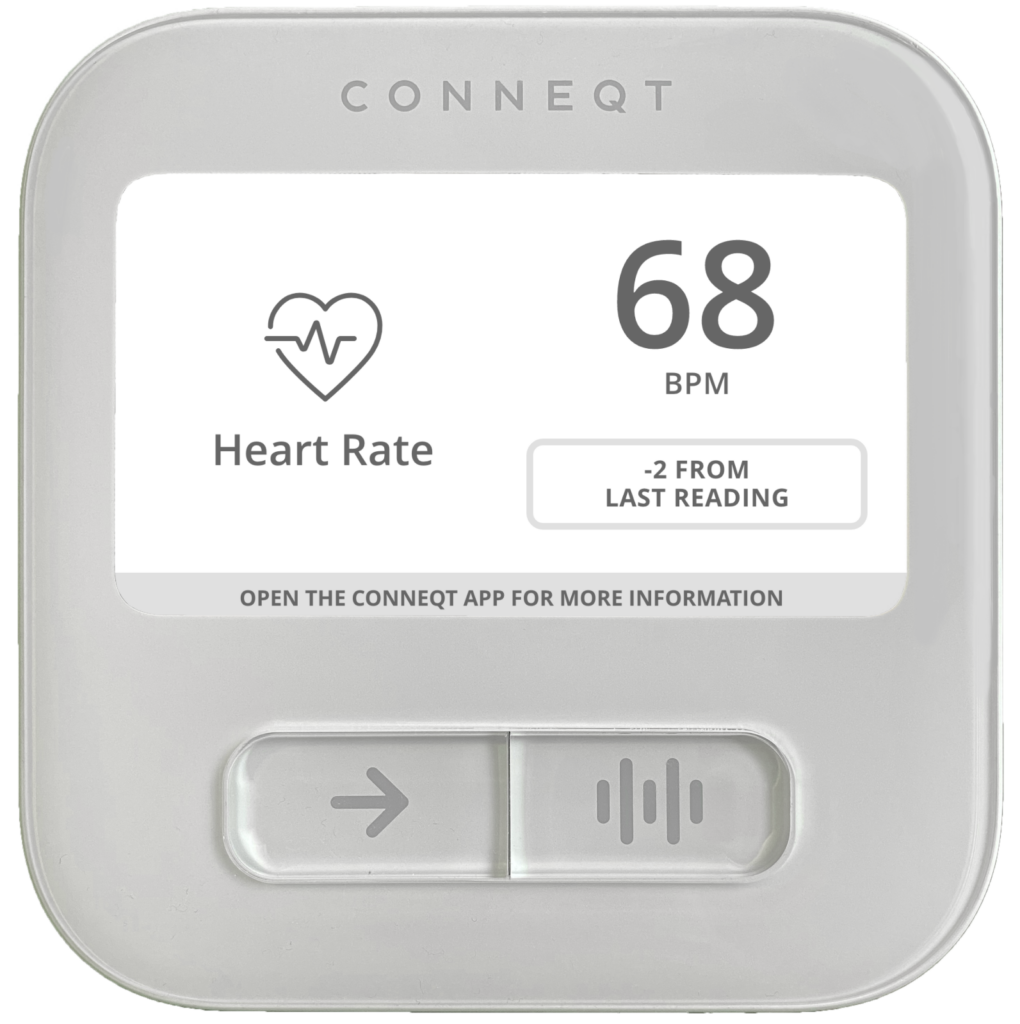
Why is Heart Rate Important?
Understanding heart rate is essential for evaluating cardiovascular health because it offers direct insights into how effectively the heart functions. Continuous tracking helps detect early signs of cardiovascular issues, allowing for timely intervention. Additionally, heart rate data is crucial for assessing the heart’s response to physical, emotional, and environmental stressors, and it plays a vital role in optimizing exercise intensity and recovery times for active individuals. A normal heart rate range is associated with increased longevity and decreased cardiovascular risks. By tracking and analyzing heart rate, individuals can make informed lifestyle adjustments to improve both immediate fitness outcomes and long-term heart health.
How is Heart Rate Measured?
The CONNEQT Pulse precisely measures heart rate by detecting the electrical signals generated by the heart with each contraction. It uses a methodology similar to electrocardiograms (ECG). This advanced technology captures heart rate on a beat-to-beat basis, providing detailed insights into the heart’s rhythm and any fluctuations.
Utilizing precise sensors, the CONNEQT Pulse monitors the entire cardiac pulse period from beginning to end, enabling it to provide the same accurate, medical-grade heart rate measurements as those taken in a doctor’s office. By capturing the minute electrical impulses across the skin during each heartbeat, the device offers reliable and comprehensive heart rate data, essential for effective cardiovascular health monitoring.
What Do My Results Mean?
Understanding your heart rate provides valuable insights into your cardiovascular health. According to the American Heart Association, a normal heart rate for adults typically ranges from 60 to 100 beats per minute. Variations can be influenced by factors such as age, physical fitness, emotional state, and overall health. For example, well-trained athletes often have heart rates as low as 40 beats per minute, indicative of high cardiovascular efficiency.
- Heart Rate: 40-60 bpm: A heart rate in this range might suggest a lower-than-average rate, common in well-trained individuals or those with high cardiovascular efficiency. If this rate is unusual for you or accompanied by symptoms, consulting with your healthcare provider is recommended to ensure it does not signify an underlying issue.
- Heart Rate: 60-100 bpm: This is a typical range for the general adult population and indicates effective heart function under normal conditions. It aligns with what is expected for someone of your age and physical condition.
- Heart Rate: Over 100 bpm: A heart rate above 100 beats per minute may be caused by factors such as physical activity, anxiety, various illnesses, or other conditions. If your heart rate is consistently high without an apparent reason, it is advisable to consult with a healthcare provider to investigate potential health issues.
Regularly tracking your heart rate and understanding these ranges are important for maintaining or achieving optimal cardiovascular health. This tailored approach supports better decision-making regarding treatments, lifestyle adjustments, and ongoing health management.
How Do I Improve and Maintain My Heart Rate?
Maintaining an optimal heart rate supports vascular efficiency and long-term arterial health. Below are actionable strategies:
- Follow a Heart-Healthy Diet: Adopt a Mediterranean diet rich in vegetables, fruits, nuts, seeds, whole grains, and lean proteins to support heart function. Prioritize potassium-rich foods like leafy greens and bananas to aid heart rate regulation. Include omega-3-rich foods such as salmon and flaxseeds to reduce inflammation and improve heart rhythm. Beets, spinach, and citrus fruits enhance nitric oxide levels, promoting circulation and vascular relaxation. A diverse diet supports a healthy gut microbiome, which helps regulate inflammation and autonomic function—both key to heart rate stability. Minimize processed foods, refined sugars, and trans fats, as they can contribute to metabolic stress and heart rate irregularities.
- Supplement Strategically: Use magnesium (200–400 mg/day) to support heart rhythm and CoQ10 (100–200 mg/day) to improve heart rate variability. Omega-3 fatty acids can help lower resting heart rate, while potassium supports electrolyte balance. Staying hydrated is also essential, as dehydration can lead to heart rate fluctuations.
- Start a Targeted Exercise Plan: Perform 30–60 minutes of moderate aerobic exercise 4–5 times per week, such as brisk walking, swimming, or cycling. Include resistance training 2–3 times weekly and add 1–2 high-intensity interval training (HIIT) sessions for maximum cardiovascular benefits.
- Maintain a Healthy Weight: Excess weight can contribute to an elevated resting heart rate. Focus on gradual, sustainable weight loss through a balanced diet and regular exercise.
- Prioritize Stress Reduction: Manage stress with mindfulness, yoga, or deep breathing to lower cortisol and improve autonomic balance. Consider heart rate variability (HRV) tracking to optimize stress responses.
- Monitor and Improve Heart Rate: Regularly track heart rate trends using the CONNEQT Pulse to identify patterns and adjust medical therapies or lifestyle habits as needed. The combination of dietary changes, stress management, and exercise with medication can improve your heart rate and overall cardiovascular health.
- Quit Smoking and Limit Alcohol: Smoking significantly increases heart rate, making cessation one of the most effective steps for improving cardiovascular health. To reduce cardiovascular risks, limit alcohol to within recommended guidelines (1 drink per day for women and up to 2 for men).
- Optimize Sleep: Sleep 7–9 hours per night to support autonomic function and regulate stress hormones, both of which influence heart rate stability.
- Personalized Testing and Care: Use the Pulse alongside other advanced tests (e.g., electrolyte panels or HRV analysis) to tailor a plan addressing your unique cardiovascular profile.
By implementing these strategies and monitoring progress with the Pulse, you can proactively support heart rate regulation and optimize long-term arterial health.
Empowering Your Heart Health Journey
By regularly monitoring and understanding your heart rate and other arterial biomarkers with the Pulse, the world’s most advanced personal arterial health monitor, you can take proactive steps towards maintaining a healthy cardiovascular system from the comfort of your home. This cutting-edge technology empowers you to make informed decisions about your health, potentially reducing your risk of serious cardiovascular conditions and enhancing your overall well-being.
